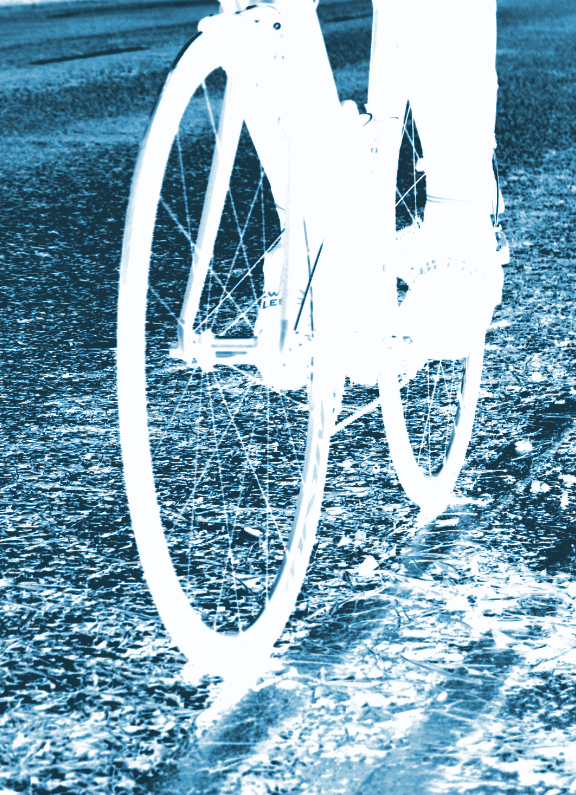Study shows commuter risks
 Experts have warned that the noise levels experienced during a trip to work are enough to induce hearing loss.
Experts have warned that the noise levels experienced during a trip to work are enough to induce hearing loss.
Researchers from the University of Toronto have measured noise exposure on public transport (subways, trams and buses) and private transport (cars, bike, walking), and found that while noise on average was within the recommended levels of safe exposure, bursts of loud noise on both public and private modes of transportation could still place individuals at risk of noise-induced hearing loss.
The average noise levels by bike were greater than any level caused by modes of public transit.
Exposure to 114 A-weighted decibels (dBA) for longer than four seconds, or 117 dBA for longer than two seconds may put people at risk of noise-induced hearing loss.
A-weighted decibels are used to express the relative loudness of sounds experienced by the human ear; taking into account that sensitivity to noise differs depending on noise frequency.
To measure noise exposure, the researchers used noise dosimeters, which they carried on their shirt collars about two inches away from their ears.
The researchers collected 210 measurements in total, comparing the noise on subways, buses, and streetcars, while driving a car, cycling, and walking. They measured in-vehicle noise and outside or boarding platform noise for all modes of private and public transportation.
The authors found that 19.9 per cent of the loudest noises (peak noise) measured on the subway were greater than 114 dBA, while 20 per cent of the loudest noises inside streetcars were greater than 120 dBA.
Eighty-five per cent of peak noise measurements from bus platforms were greater than 114 dBA, while 54 per cent were greater than 120 dBA.
All peak noise exposures while riding a bike exceeded 117 dBA, with 85 per cent being greater than 120 dBA.







 Print
Print